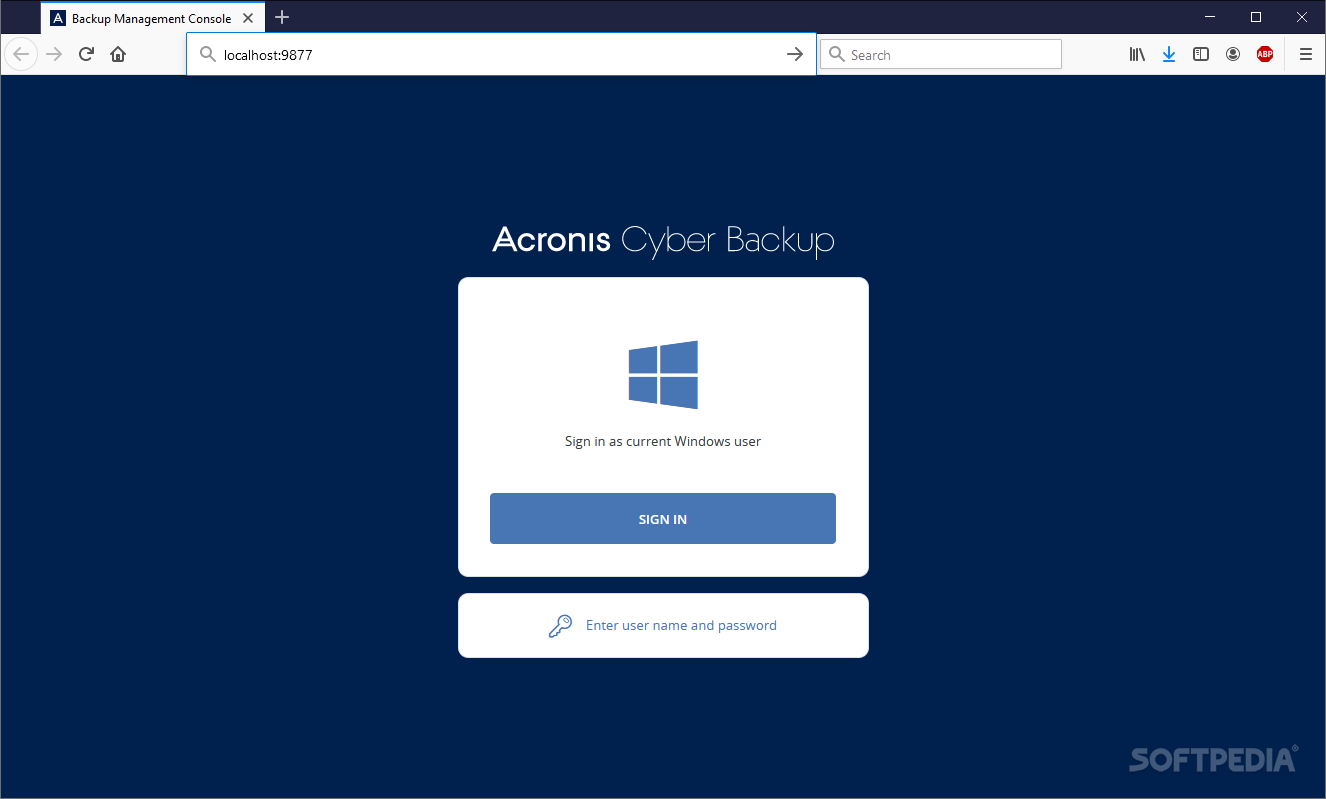
If you do not need network support, skip "Ethernet", "Network" and "Wi-Fi". You need drivers, that are listed under "Storage", "Chipset", "Disks", "SATA", "AHCI", "RAID", "NVMe", "PCIe", "M.2", "U.2", "USB", "Network", "Ethernet", "Wi-Fi" sections. msi file, try launching this file, see if it offers an option to extract rather than install drivers.ĭownload and unzip drivers from the computer manufacturer's website. The drivers must be extracted in a folder so that individual files. If some hardware is not detected, re-create the bootable media, this time not skipping this step and adding the drivers.

Because finding the right drivers can be time consuming, you can skip this step, finish creating a bootable media, try and boot the computer from it and see if the disks / network / NAS are detected successfully in the Recovery's "Browse" dialog window. For better compatibility with your hardware, you can select drivers to be added to the media. If you choose Windows AIK or Windows ADK and you do not have the selected kit installed on your computer, then you first need to download it from the Microsoft website, and then install the required components-Deployment Tools and Windows Preinstallation Environment (Windows PE).Ģ.If you plan on using NMVe / M.2 / U.2 / RAID / PCIe, the second option (Windows 8, 8.1 and Windows 10) is preferred, even if the operating system inside the backup is still Windows 7, because here the operating system refers to the choice of the base of the bootable media, the small 'portable' OS that runs inside the bootable media, completely independent from the operating system inside the backup. If the Windows Recovery Environment is missing or Acronis Media Builder is unable to detect it, choose the second or third option.In case of significant hardware upgrade scenarios, like a migration from old SATA HDD to a faster m.2 NVMe SSD you may need to add drivers for the new hardware on the next step of the Media Builder. Windows Recovery Environment is recommended, because it usually has all the drivers required for the successful hardware recognition. Select a toolkit that you want to be used for the rescue media creation.The option "32-bit (x86)" under the "Architecture" drop-down list is for very rare cases of tablets and other devices, that run 32-bit UEFI firmware - not to be confused with 32-bit Windows!



 0 kommentar(er)
0 kommentar(er)
